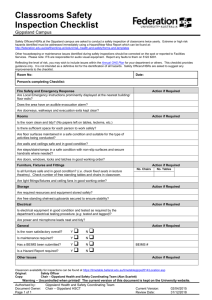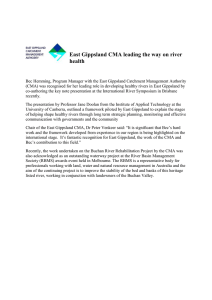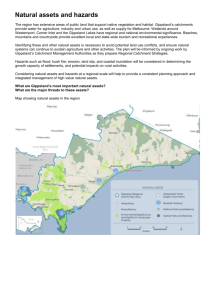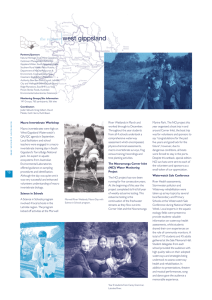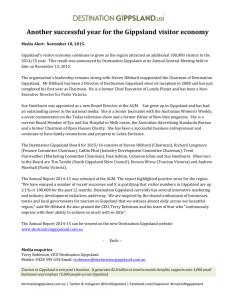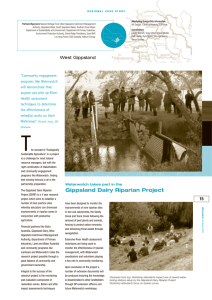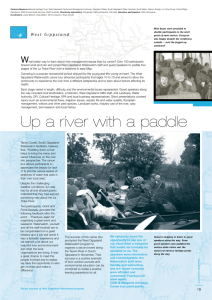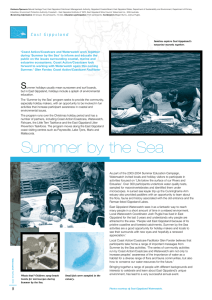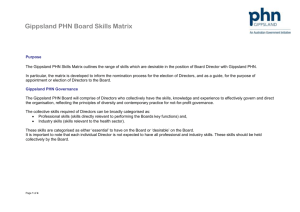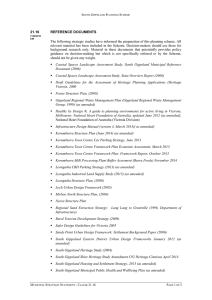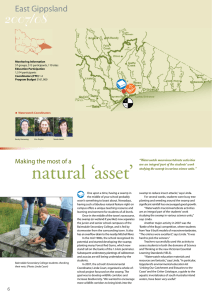The Gippsland RFA Region
advertisement
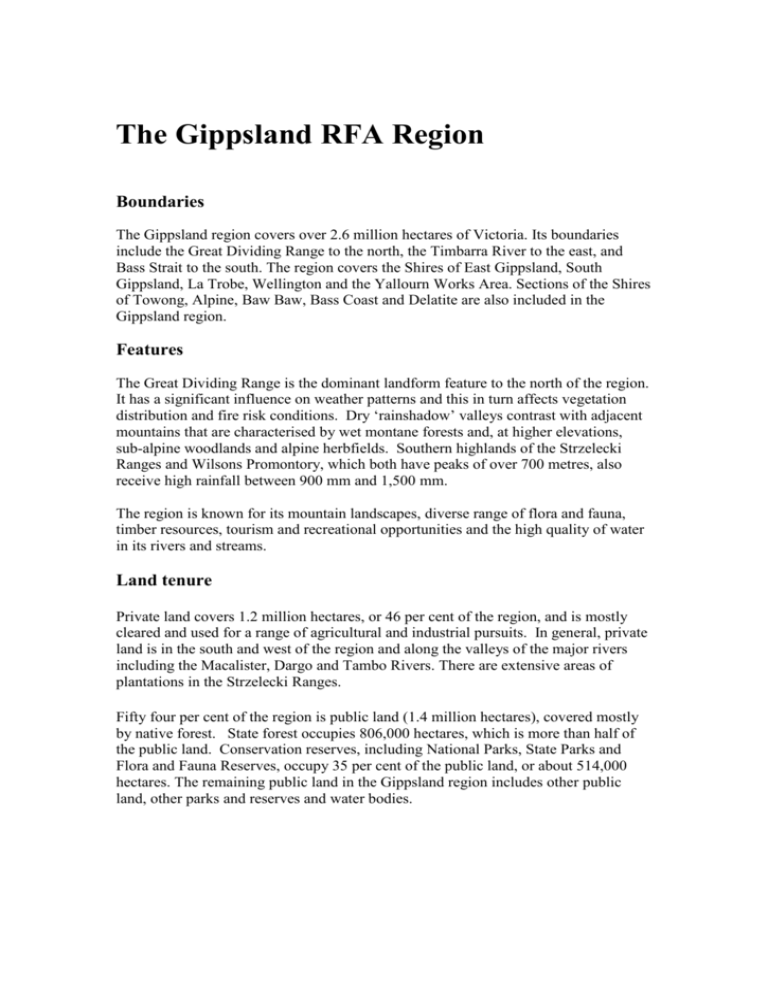
The Gippsland RFA Region Boundaries The Gippsland region covers over 2.6 million hectares of Victoria. Its boundaries include the Great Dividing Range to the north, the Timbarra River to the east, and Bass Strait to the south. The region covers the Shires of East Gippsland, South Gippsland, La Trobe, Wellington and the Yallourn Works Area. Sections of the Shires of Towong, Alpine, Baw Baw, Bass Coast and Delatite are also included in the Gippsland region. Features The Great Dividing Range is the dominant landform feature to the north of the region. It has a significant influence on weather patterns and this in turn affects vegetation distribution and fire risk conditions. Dry ‘rainshadow’ valleys contrast with adjacent mountains that are characterised by wet montane forests and, at higher elevations, sub-alpine woodlands and alpine herbfields. Southern highlands of the Strzelecki Ranges and Wilsons Promontory, which both have peaks of over 700 metres, also receive high rainfall between 900 mm and 1,500 mm. The region is known for its mountain landscapes, diverse range of flora and fauna, timber resources, tourism and recreational opportunities and the high quality of water in its rivers and streams. Land tenure Private land covers 1.2 million hectares, or 46 per cent of the region, and is mostly cleared and used for a range of agricultural and industrial pursuits. In general, private land is in the south and west of the region and along the valleys of the major rivers including the Macalister, Dargo and Tambo Rivers. There are extensive areas of plantations in the Strzelecki Ranges. Fifty four per cent of the region is public land (1.4 million hectares), covered mostly by native forest. State forest occupies 806,000 hectares, which is more than half of the public land. Conservation reserves, including National Parks, State Parks and Flora and Fauna Reserves, occupy 35 per cent of the public land, or about 514,000 hectares. The remaining public land in the Gippsland region includes other public land, other parks and reserves and water bodies. People In 1996, the total population of the Gippsland region was 174,073, with most people living in the Latrobe Valley. Traralgon is the largest town in Gippsland, with a population of 18,993. Other large population centres in the region are Moe (15,512), Morwell (13,823), Sale (13,366) and Bairnsdale (10,890). The region also has numerous small towns, including Omeo (298), Swifts Creek (228) and Dargo district (147). In general, larger towns are on the Princes Highway, the major travel route through the region. More information about the region’s people and communities is in the people and communities fact sheet.

